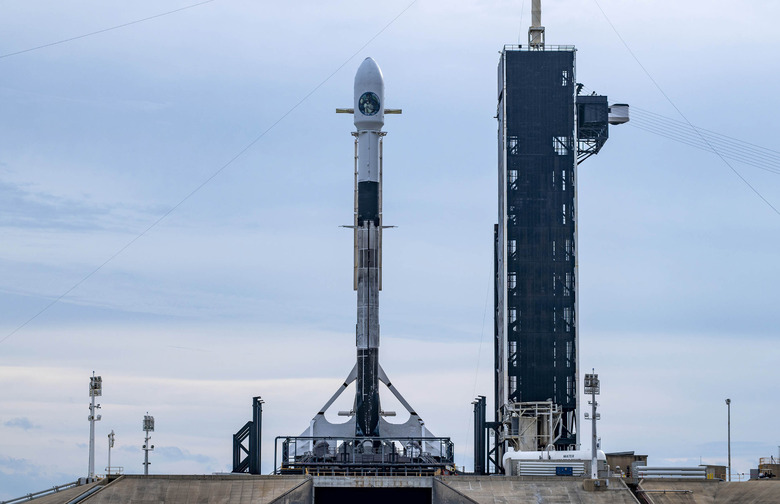SpaceX Will Wrap Up 2020 With The Launch Of A US Spy Satellite
- SpaceX's launch slate will wrap up shortly — currently slated for Friday after a delay on Thursday — with the launch of a US spy satellite.
- The satellite, which will be under the operational control of the United States National Reconnaissance Office, is obviously hush-hush, but the launch itself will be yet another opportunity for SpaceX to demonstrate its reusable rocket tech.
- The hardware will be launched into space using a "flight proven" Falcon 9 rocket that has already flown three times in 2020 and four times overall.
The coronavirus pandemic has hampered just about every industry on the planet, but SpaceX has somehow managed to stick with a flight schedule that is absolutely packed to the gills. Despite a few delays here and there throughout the year, the company has launched a ton of missions, deploying satellites for various agencies and companies as well as bolstering the number of its own Starlink satellites that are in Earth orbit.
Now, putting an exclamation mark on the very busy year, SpaceX is set to launch a satellite for the US government. This isn't just any satellite, however, it's a spy satellite that will be operated by the United States National Reconnaissance Office (NRO). As NASA Spaceflight reports, this is the second SpaceX launch for the NRO.
BGR's Top Deal of the Day
The launch, which was originally scheduled for Thursday but has been pushed to Friday of this week, will be carried out by a "flight-proven" SpaceX booster on the Falcon 9 rocket. The booster has flown three times in 2020 already, and a total of four times overall. The decision to use one of the previously used boosters was approved by the NRO, but since the hardware has a proven track record of high reliability we wouldn't expect anything short of a normal, successful launch.
The satellite being launched has been called NROL-108, but that's not really its name. Because of the secretive nature of the work carried out by the NRO, not even the true names of its satellites can be made public, and so it gets an abbreviated moniker that means next to nothing outside of the launch manifest.
In fact, even the mission and launch itself were kept secret until the very last minute. While SpaceX likely had the launch on its internal schedules for some time already, it didn't appear on the company's public launch schedule until very recently, further cementing this as a secretive mission for a secretive government agency.
Despite the clandestine nature of the satellite and the work it will conduct, SpaceX will still be streaming its launch live for all to enjoy. Some of the specifics of the payload and its eventual deployment into orbit aren't likely to be showcased, as is often the case with missions like this, but we'll still get to see the rocket take off, and that's always the best part anyway.
